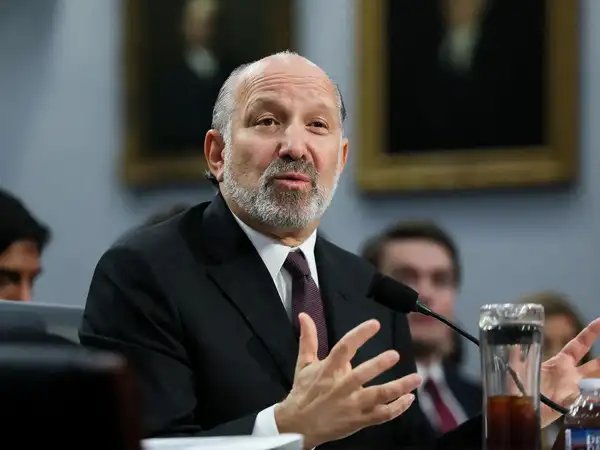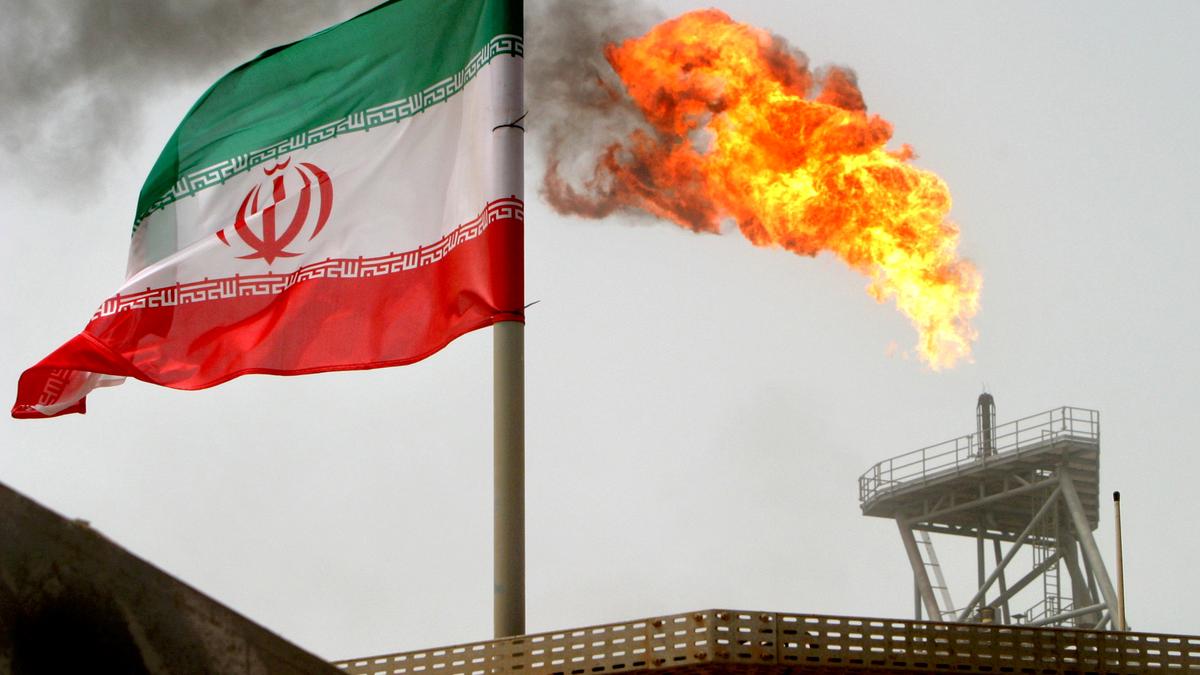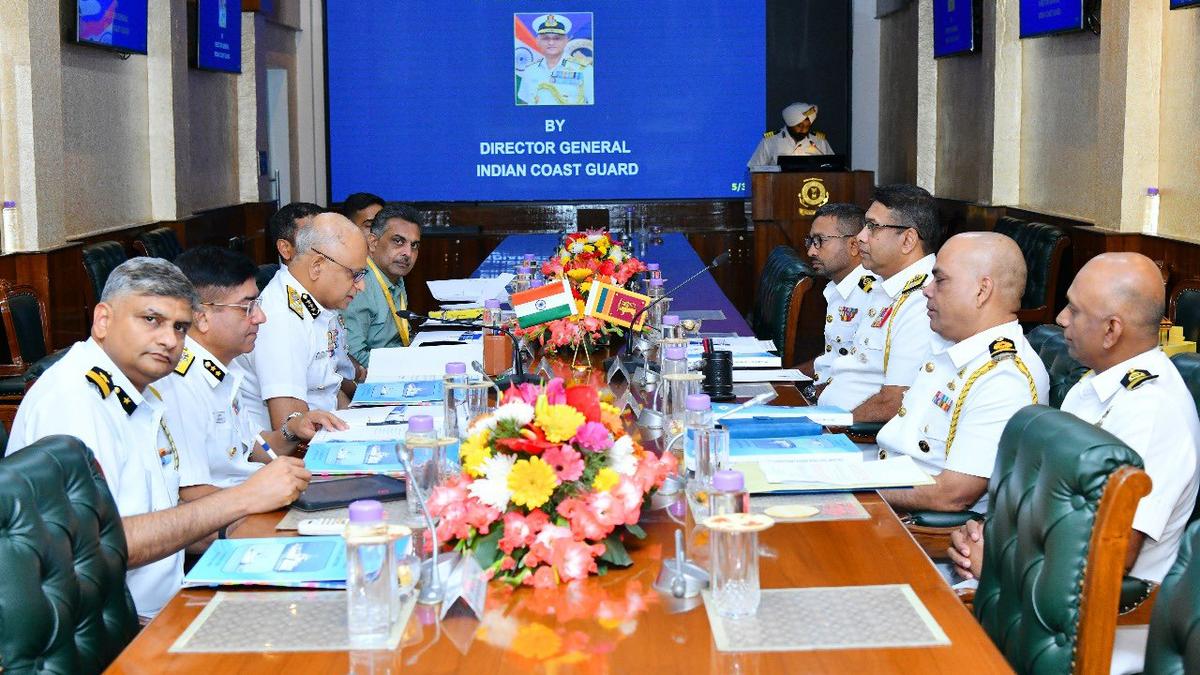




Copyright infringement not intended
Picture Courtesy: Britannica
The collapse of the Soviet Union had a significant impact on contemporary geopolitics.
The Soviet Union was formed after the Russian Revolution of 1917, which ended the autocratic rule of the Romanov dynasty. The Bolsheviks, led by Lenin, overthrew the Provisional Government in the October Revolution and established the USSR in 1922.
The Bolsheviks implemented Marxist-Leninist policies, including nationalizing industries and collectivizing agriculture, to build the world’s first communist state.
The USSR was made up of 15 republics, including Armenia, Azerbaijan, Belarus, Estonia, Georgia, Kyrgyzstan, Kazakhstan, Latvia, Moldova, Lithuania, Russia, Tajikistan, Turkmenistan, Ukraine, and Uzbekistan.
The capital of the USSR was Moscow, which is still the capital of Russia today.

Under Stalin, the Soviet Union became highly centralized, and his regime was marked by purges, industrial growth, and the victory over Nazi Germany in World War II. Stalin’s governance was harsh but focused on rapid industrialization.
The Cold War depleted the Soviet economy as it engaged in an expensive arms race with the USA and fought proxy wars in places like Vietnam and Afghanistan.
The economic pressure, correlated with the USSR’s defeat in Afghanistan, harshly weakened the state.
The ideological clash between capitalism and socialism also left the Soviet system vulnerable to external pressures, especially as information from the West began to seep into the Soviet Union.
His policies of glasnost (openness) and perestroika (restructuring) were planned to rejuvenate the Soviet system, but they disclosed the system’s internal weaknesses.
The reforms introduced by Mikhail Gorbachev for greater freedom of expression and political openness has led to increasing nationalism and demands for independence in various republics.
His attempt to democratize the system and address the old guard was met with resistance, further destabilizing the USSR.
Nationalism played a crucial role, especially in the Baltic states, Ukraine, and the Caucasus. Nationalist movements gained momentum for autonomy or complete separation from the Soviet Union.
As the USSR faced economic challenges and Gorbachev’s reforms were implemented, republics started declaring their independence.
The final blow came after the failed coup in August 1991, where Communist hardliners tried to seize power. Although the coup failed, it marked the end of Communist control.
By December 1991, the Soviet republics declared independence, and Gorbachev resigned as President of the USSR. The Soviet flag was lowered for the last time, marking the official dissolution of the USSR.
The dissolution marked the end of a global superpower and reshaped the world order. It symbolized the collapse of state-controlled socialism and the triumph of capitalist democracy, which had been the main ideological conflict during the Cold War.
The end of the USSR also paved the way for new nations and shifts in global alliances, with Russia emerging as a key player in the post-Soviet world.
After the dissolution, 15 former Soviet republics became independent nations. The Russian Federation, under Boris Yeltsin, emerged as the largest and most influential successor state. The Commonwealth of Independent States (CIS) was formed, however, not all former Soviet republics joined the group.
The Soviet dissolution marked the end of the Cold War and the start of a new era in international relations.
Must Read Articles:
Source:
|
PRACTICE QUESTION Q.Discuss the key factors that contributed to the collapse of the Soviet Union in 1991. (150 words) |




© 2025 iasgyan. All right reserved